Autumn Wetli-Staneluis
Posts tagged with Service Design in Blog Tiny Studies
Showing 1 - 10 of 15 items

This blog post reflects on the work of students to explore the collection-related needs of undergraduate students, through surveys and interviews.
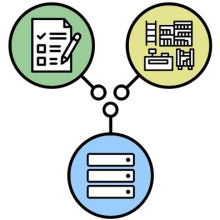
This blog post presents how the use of multiple streams of data benefited two recent U-M Library studies. For example, one recent study merged survey data, U-M human resources data, and Library document delivery data to provide a very rich picture of how diverse groups on campus use and experience the Library’s document delivery service. Some advantages of joining multiple data sources in assessment projects are discussed in the context of the two example studies.
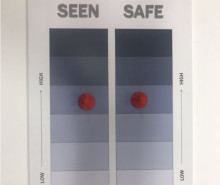
In three blog posts, the authors describe a multi-year library service design project. This last post describes the team’s prototyping and testing processes, and our resulting interactive exercise.
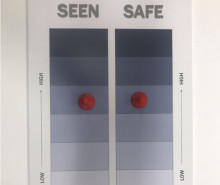
In three blog posts, the authors describe a multi-year library service design project. This second post describes the research process used to develop our user experience tool.

In three blog posts, the authors describe a multi-year library service design project. This first post describes the origins and goals of the assessment project.
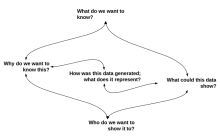
Chances are the work processes you already have in place are generating data that you could be using to learn more about those processes. In this second blog post, the author continues to highlight steps for working with data that is generated by your daily tasks.

Chances are the work processes you already have in place are generating data that you could be using to learn more about those processes. In two blog posts, the author shares some steps for working with data that is generated by your daily tasks.

How can we improve the familiarity and credibility between Library experts, resources and services we offer and the students, faculty and staff who use them? Whether we’re building new relationships or reconnecting with patrons/colleagues during assessment or user research activities, we have the opportunity to use certain marketing and communication best practices and tools during our user research to align clear and targeted communication with our key audiences.
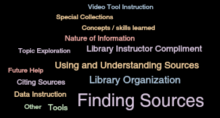
Assessing library impact on student learning is essential for demonstrating libraries’ integrated value and commitment to higher education. In 2018 the author investigated faculty perceptions of student learning in library instruction sessions, and as a result, revealed that faculty observe enhanced learning when their students participate in library instruction opportunities.
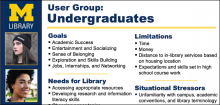
The first post ("Personas: A Classic User Experience Design Technique") in this 2-part series described what personas are and, generally, how to create them. I closed with some cautions about ways personas might come out less than helpful – creating flat, overloaded, or fake (unresearched) personas. The second post presents our persona development for a specific website project.